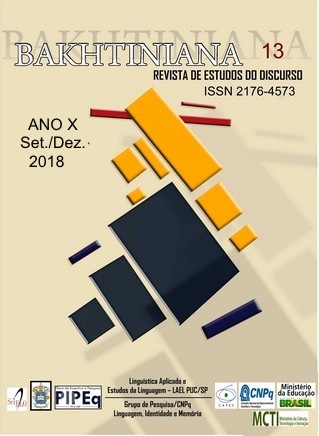Over the Tipping Point: Using the Diagnostic Discourse of Standardized Patients to Educate Medical Interpreters
Keywords:
Signed language interpreting, Medical interpreting, Healthcare interpreting, Problem-based learning, Standardized patientsAbstract
Rather than amassing 10,000 hours of practice before mastery is achieved – Ericsson’s famed tipping point – medical interpreters can gain considerable, concomitant experience by analyzing videos of provider-patient interactions, even when the pair speak the same language. Teaching hospitals commonly film such interactions using standardized patients (SPs). Such films have been effectively used in classroom-based instruction with interpreters. The novel use of SP films in an on-line learning environment is described herein, where discussion boards and worksheets supplanted traditional instruction methods. In this problem-based learning (PBL) approach, typical of medical education, graduate-level medical interpreting students became familiar with common diagnostic and treatment discourse. Students reported that this familiarity helped free their cognitive resources for planning and monitoring translations and other decisions on-the-job. The learning materials and methods used in this on-line approach are detailed. The value of the PBL context is described in relation to healthcare interpreting education approaches generally.








